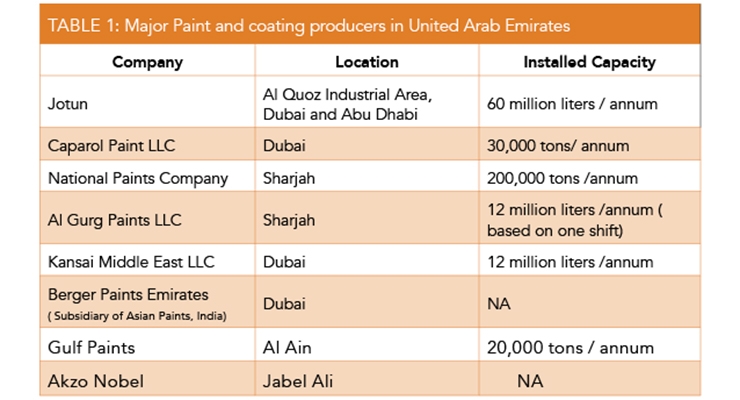Check Out The Duty Of Seasonal Factors In The Success Of Industrial Exterior Painting And Reveal The Best Times To Safeguard Lasting Outcomes For Your Task
Check Out The Duty Of Seasonal Factors In The Success Of Industrial Exterior Painting And Reveal The Best Times To Safeguard Lasting Outcomes For Your Task
Blog Article
Web Content By-Leach Celik
When you're preparing an industrial exterior painting task, seasonal elements can make or damage your outcomes. https://www.jpost.com/omg/article-730436 'll wish to consider exactly how temperature and humidity impact paint application and drying out times. Picking the best period can guarantee your paint adheres correctly and lasts much longer. But which periods are genuinely the very best for this type of work? Let's check out the crucial elements that can influence your task's success.
The Influence of Temperature Level on Paint Application
When you're intending an industrial exterior paint job, the temperature can significantly impact how well the paint adheres and dries.
Preferably, you intend to paint when temperature levels vary between 50 ° F and 85 ° F. If common questions about exterior painting projects 's also cool, the paint might not cure properly, bring about problems like peeling or breaking.
On view , if it's too warm, the paint can dry also quickly, avoiding appropriate bond and causing an unequal surface.
You need to likewise think about the moment of day; morning or late afternoon supplies cooler temperature levels, which can be a lot more desirable.
Constantly check the maker's referrals for the particular paint you're utilizing, as they usually supply guidance on the excellent temperature level range for ideal outcomes.
Moisture and Its Impact on Drying Times
Temperature level isn't the only environmental aspect that affects your business external paint project; moisture plays a significant duty too. High moisture levels can reduce drying times drastically, impacting the overall high quality of your paint task.
When the air is filled with wetness, the paint takes longer to cure, which can bring about problems like bad adhesion and a higher danger of mildew development. If you're painting on a specifically humid day, be prepared for extended wait times between coats.
It's essential to check neighborhood weather and strategy appropriately. Preferably, go for moisture degrees in between 40% and 70% for optimal drying out.
Maintaining these factors in mind ensures your task stays on track and delivers an enduring coating.
Best Seasons for Commercial Exterior Painting Projects
What's the most effective time of year for your business exterior paint tasks?
Springtime and early loss are normally your best choices. During these periods, temperature levels are light, and moisture levels are commonly lower, creating optimal problems for paint application and drying out.
Prevent summer season's intense heat, which can create paint to completely dry too swiftly, bring about inadequate adhesion and finish. Similarly, wintertime's cold temperatures can hinder proper drying and curing, risking the durability of your paint job.
Go for days with temperature levels in between 50 ° F and 85 ° F for optimal results. Bear in mind to check the local weather report for rain, as damp conditions can destroy your task.
Preparation around these variables guarantees your paint task runs efficiently and lasts much longer.
Conclusion
Finally, intending your commercial external painting jobs around seasonal considerations can make a substantial distinction in the result. By organizing work throughout the suitable temperatures and moisture levels, you'll ensure much better attachment and drying times. Remember to watch on regional weather prediction and pick the right time of year-- springtime and early loss are your best options. Taking these steps will assist you accomplish a resilient and expert coating that lasts.
